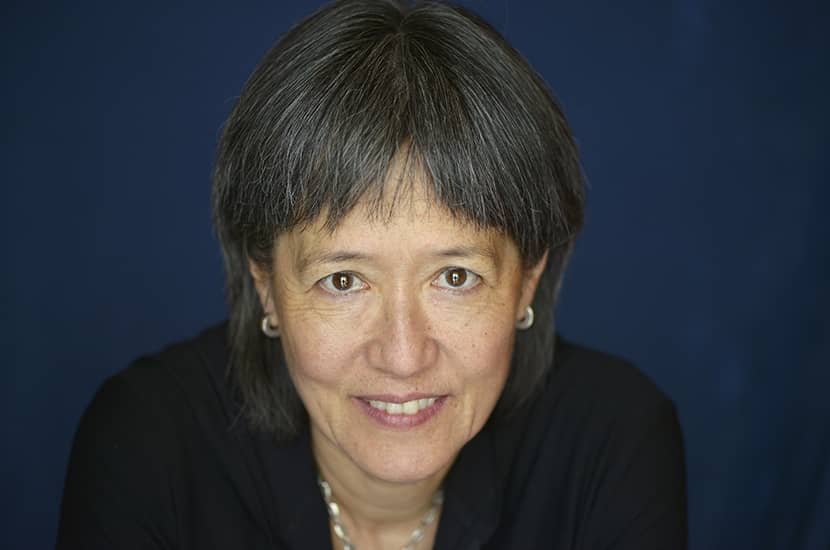The world Ruth Ozeki creates in The Book of Form & Emptiness resembles one of the snow globes that pop up throughout the novel: a whirling chaos of objects and people. The narration is shared between traumatised Benny, a 21st-century Holden Caulfield figure, and ‘The Book’ itself, opinionated, chatty. The author has fun with both wokery and its opposite. Look out for the gender-fluid pet ferret whose preferred pronoun is They.
Benny’s father died when the boy was 12, run down by a truck full of chickens. Now going on 14, he hears voices in his head, objects speak to him (coffee cups, sneakers, windowpanes), bombarding him with conflicting advice. He’s haunted by memories of his Japanese jazz clarinetist father. His mother has become a hoarder, filling every room in the house with mountains of stuff, risking eviction and her son being taken into care.








Comments
Join the debate for just $5 for 3 months
Be part of the conversation with other Spectator readers by getting your first three months for $5.
UNLOCK ACCESS Just $5 for 3 monthsAlready a subscriber? Log in